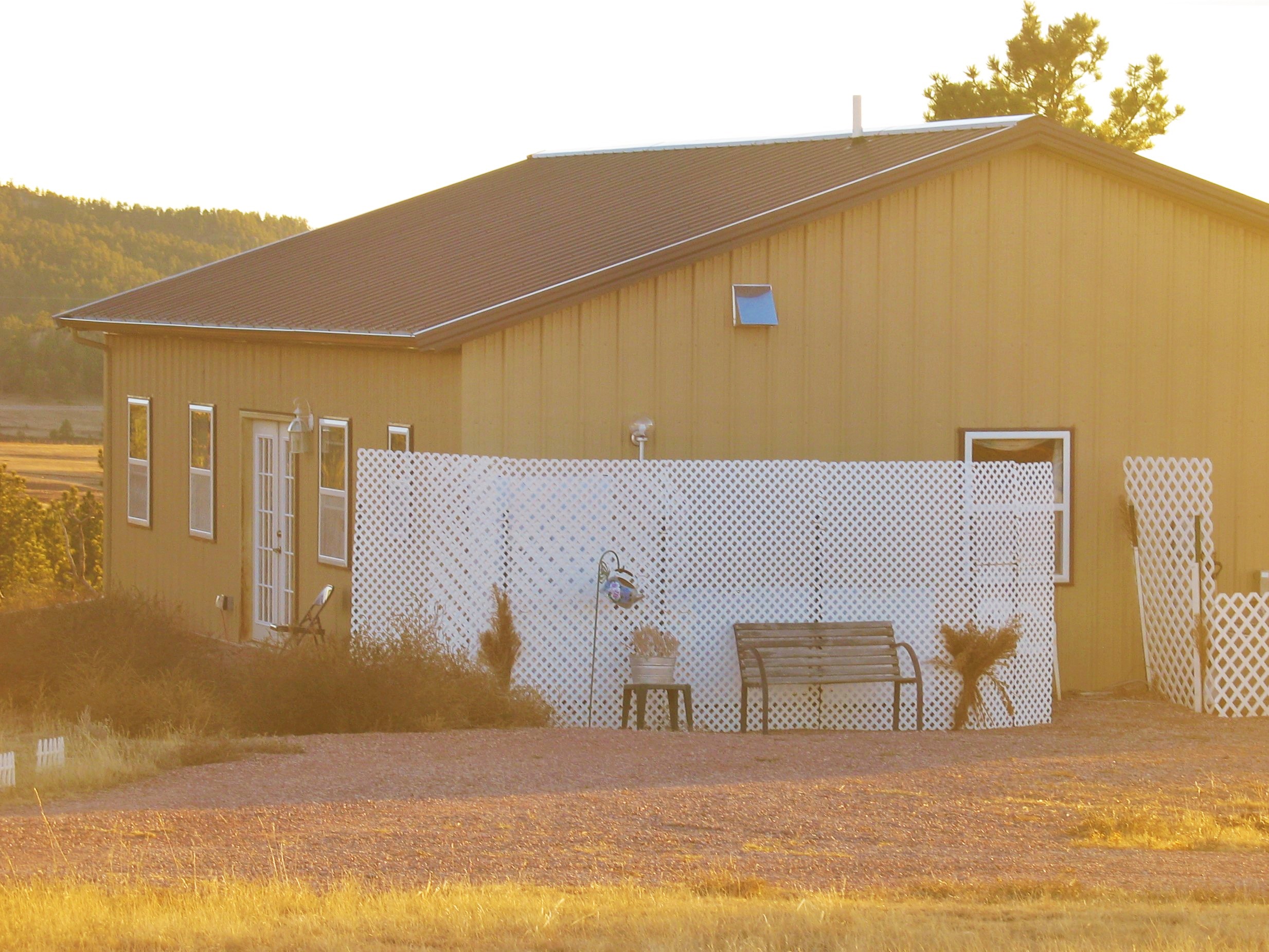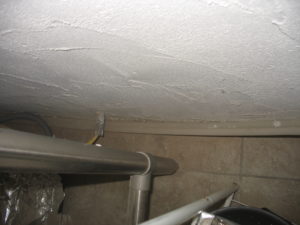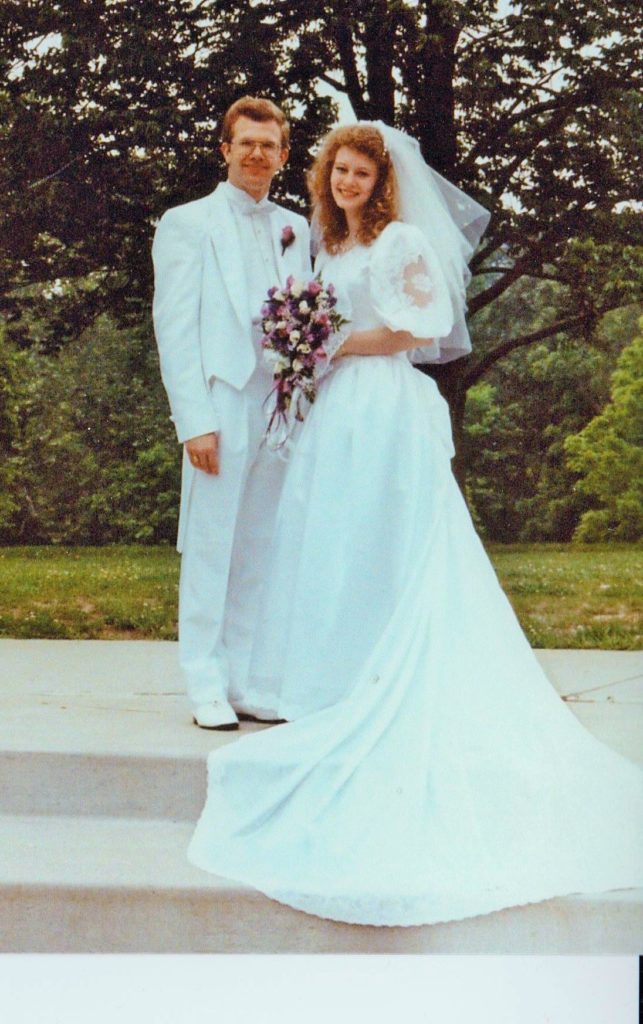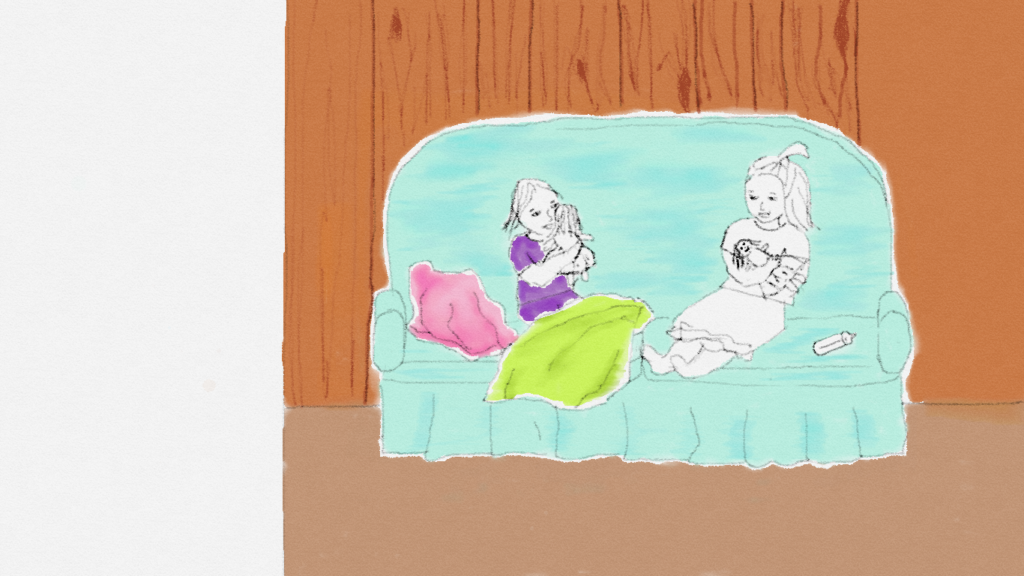Sadly, “A common misperception (sic) is that killing mold, which is a relatively easy task, eliminates risk from contaminated environments or items. Unfortunately, this does little to decrease the risk as nonviable fungal spores, fragments, and mycotoxins remain present and, due to their structure, such as with an epoxide ring, [117] they can be extremely difficult to destroy.”
https://www.hindawi.com/journals/ts…
Since this article is a peer-reviewed, scientific article on mold with footnotes and scientific studies, it is one of the best sources of truth about mold.
Any company that claims to have a product which makes benign the nonviable fungal spores, fragments, and mycotoxins must prove this with independent testing to truly be safe. So far, none of us in any of the mold support groups have found a company that has. Most test only for viable spores following “remediation.” This proves nothing about safety, only that the mold is “dead.”
Some (including me) have experienced that spraying mold can temporarily increase the release of mold spores and toxins. The current hypothesis is that the mold tries to “fight back” when being killed.
Logic (and a knowledgeable rep who talked with me) says that as the spores die and break into smaller pieces, they become more easily inhaled. Just as a dead mouse gives off horrible smell, dead mold can give off toxins.
Further, even proper remediation of mold is sometimes not enough for a person who became ill. But sometimes it may be fine for others. Safe remediation also may be impossible and risky even for healthy people, such as in the case of a severely flooded home. Flooding increases the amount of spores and toxins very, very quickly. Mold begins to grow usually around 48 hours of moisture.
If you choose to remediate, these articles below describe how mold can be removed.
Remediation
Other Options
If your state or county or country allows it, you can sell your house with full mold disclosure. Even if you take a loss, it is better (IMHO) than continuing to lose your health. Loss of health almost always means loss of income. Although gaining health can be difficult, it is usually not impossible.
If you need to get out NOW (for your health) but have not sold the house, you can request a forbearance on your mortgage. A forbearance means the lender will temporarily suspend payments on your loan, though you will still owe interest on this time period later. You can write your lender saying how the house is unlivable because of the type of mold found, severity of it, or your trouble with mold (CIRS, mold toxicity, etc.) A letter from your doctor may be helpful, although we were able to get forbearance with just letters from us.
You can then request a short sale if your house sells for too little to cover the remainder of your mortgage due to the discovery of mold. In some states, this “debt forgiveness” may result in a state “income” tax charge. Again by writing letters, we were able to get this “income tax” on our short sale exempted.
After Remediating or Leaving
Nothing about mold is easy.

If you can get out (or remediate super well) before the mold triggers your body to begin reacting to chemicals also, you will have a much easier time finding new housing or recover.
Once Multiple Chemical Sensitivity (MCS) (also called Toxic Injury, Environmental Illness, other names possible) is triggered, it is a cumulative illness. It is a poisoning, not an allergy. The more chemicals you continue to be around, the sicker you may get. It is like having arsenic poisoning and continuing to eat arsenic every day.
Some come out of MCS rather easily “mostly” by getting out of mold, avoiding it, and possibly moving to a different state or country or place with lower mold and lower pollution.
Others struggle (like me) and have to work tremendously hard to avoid chemicals as well (all cleaning products except totally natural ones like vinegar, all carpets, most paints, towns because of pesticides & exhaust, crops in the country because of pesticides, etc. The list is unbelievably long.) I wash my clothes in ONLY vinegar or baking soda (alternating, leaning on baking soda when I need a scent to come out), which works amazingly well. Sometimes soaking and washing in natural peppermint tea helps my clothing and bedding.
Mold and chemical toxicity symptoms can feel exactly the same. This makes figuring out the puzzle tricky.
The easiest way is to take a sabbatical in a good location with NO possessions from the moldy house and the lowest-chemical things you can find, just enough “things” to survive. Camping in a semi-arid or arid climate often works well because it is easier to get away from mold (hidden mold in a house, even outdoor mold) and pollution. As your body begins to unmask, you may be surprised to find how much you notice bad places, pollution, and mold much more than you did before. This is a good sign, and can help you find a new place to live, although it can be hard to work around because your body is rightly “warning” you to get away, and it may be hard to find a place to “get away” to.
One solution is building a mold-resistant house from scratch (low-tox building materials if you are chemically sensitive), but of course that’s easier said than done.
Locations Effect



 This photo is looking down at the gap between the back of the dishwasher and the wall. The silver poles are the metal leg/frame of the worktable under which the dishwasher is installed. The white “tube” in the middle of the photo is the water supply line to the sink and dishwasher. (The supply line is in the kitchen next to the wall instead of inside the wall.) This set-up also allows airflow behind the dishwasher to reduce humidity risk. We open windows and run fans blowing out while using dishwasher, also.
This photo is looking down at the gap between the back of the dishwasher and the wall. The silver poles are the metal leg/frame of the worktable under which the dishwasher is installed. The white “tube” in the middle of the photo is the water supply line to the sink and dishwasher. (The supply line is in the kitchen next to the wall instead of inside the wall.) This set-up also allows airflow behind the dishwasher to reduce humidity risk. We open windows and run fans blowing out while using dishwasher, also. 
